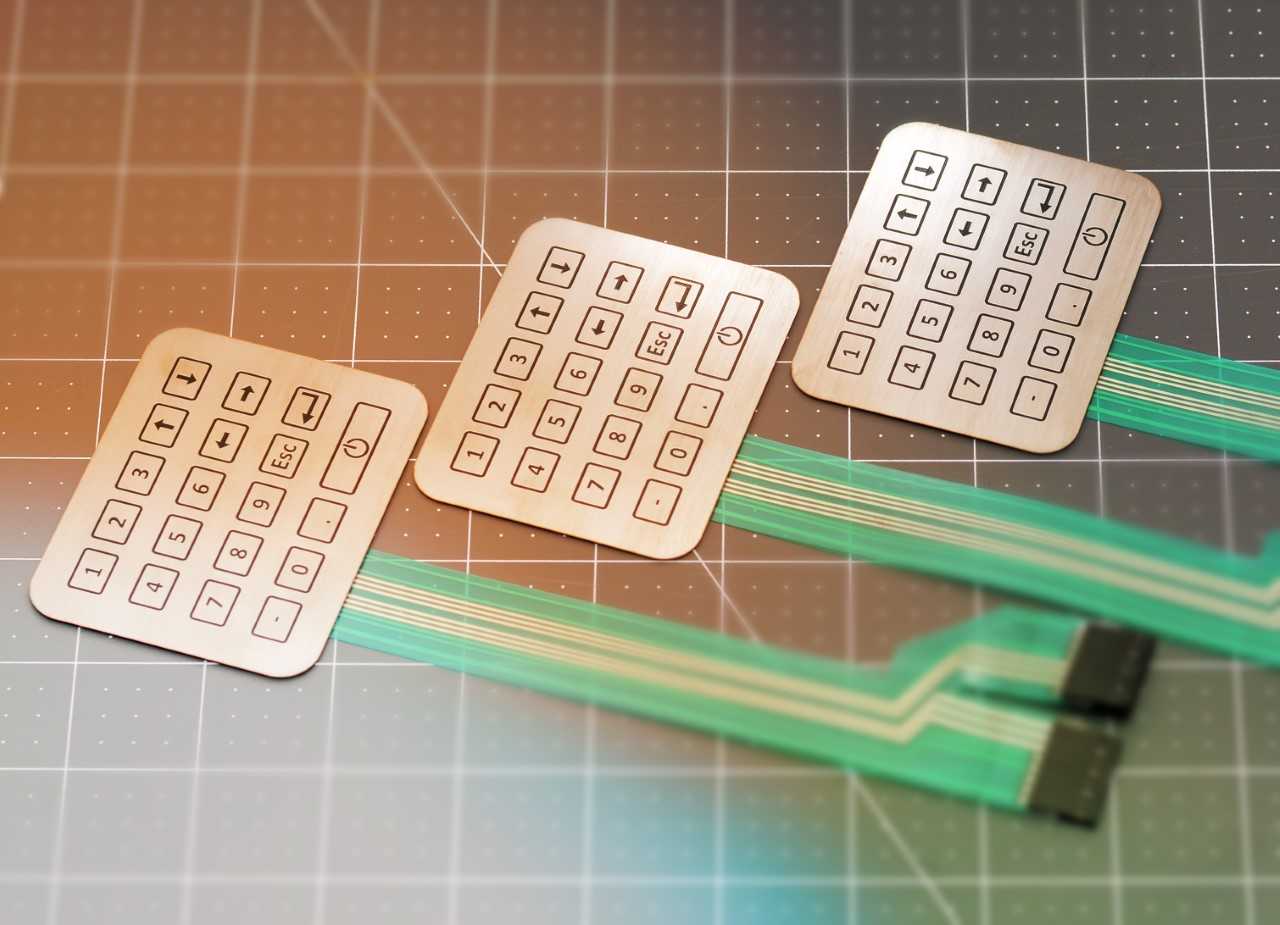Understanding Membrane Switches: The Trick to Trusted and sturdy Controls

What Are Membrane Layer Buttons?
Membrane layer buttons are an advanced service in the realm of interface innovation, integrating capability and design flawlessly. These devices act as a user interface between individuals and digital systems, incorporating several parts into a portable layout. Normally constructed from adaptable, slim layers of materials, membrane layer switches are developed to respond to touch, allowing users to connect with equipment and electronic tools efficiently.
The key components of a membrane switch include a published circuit layer, visuals overlay, and a spacer layer that stops unexpected activation. The graphic overlay can be customized to reflect brand name identification or user choices, boosting aesthetics while making certain use. Membrane layer switches are frequently utilized in various applications, including clinical tools, customer electronics, and industrial devices, owing to their toughness and resistance to environmental factors such as dampness and dust.
One of the vital advantages of membrane layer switches is their ability to endure deterioration, making them optimal for high-traffic settings. Additionally, they are lightweight and require very little area, permitting ingenious designs in product growth. Overall, membrane switches over represent a efficient and sensible selection for contemporary electronic user interfaces, marrying modern technology with user-centric design principles.
Just How Membrane Switches Work
The operation of membrane switches over depend upon an easy yet reliable device that equates customer input into electronic signals. These switches contain several layers, typically including a visuals overlay, a spacer layer, and a circuit layer. When a user presses the switch, the leading layer warps, permitting a conductive element in the circuit layer to reach a corresponding conductive pad on the bottom of the visuals overlay. This contact shuts the circuit and sends a digital signal to the tool, indicating that the switch has actually been triggered.
The design of membrane switches can vary, but they usually incorporate domes or tactile elements to offer feedback to the individual, improving the total experience - membrane switch. The products made use of in membrane layer buttons, such as polyester or polycarbonate, add to their sturdiness and resistance to ecological aspects, consisting of dampness and dirt. The published circuits are generally encapsulated, which safeguards them from wear and tear over time.
Benefits of Membrane Buttons

In addition, membrane layer buttons are known for their durability. Constructed from robust materials, they are immune to dirt, wetness, and physical wear, which considerably prolongs their lifespan compared to conventional mechanical switches. This sturdiness makes them especially appropriate for high-traffic environments and applications requiring longevity.
Another significant advantage is the convenience of cleaning and maintenance. The smooth surface area of membrane switches minimizes dirt accumulation and is typically invulnerable to spills, making them suitable for settings that require frequent sanitization.
In addition, membrane layer buttons provide a streamlined profile, leading to a thinner layout that can be incorporated into various tools without including bulk. This function not only boosts the visual appeal but additionally adds to a much more ergonomic product layout.
Applications of Membrane Layer Switches
Versatile and straightforward, membrane layer switches discover applications across a large range of markets, including clinical gadgets, customer electronic devices, and industrial tools. In the medical area, these switches are essential to tools such as analysis equipment, individual visit this site monitoring systems, and mixture pumps, where reliability and ease of cleansing are vital. Their ability to stand up to harsh settings and maintain capability makes them perfect for such applications.

In consumer electronic devices, membrane switches are made use of in products like microwaves, washing makers, and remote controls - membrane switch. Their smooth layout permits user-friendly customer interfaces, enhancing the general customer experience while providing toughness and resistance to tear and use
Commercial tools also takes advantage of membrane switches, especially in control panels for machinery and automation systems. These switches use defense against dust and moisture, making certain regular performance in challenging atmospheres. Moreover, their personalized attributes allow suppliers to customize them to details functional demands, enhancing efficiency and functionality.
Selecting the Right Membrane Layer Switch
When selecting a membrane switch, it is vital to take into consideration different he said aspects that influence performance and viability for certain applications. The main considerations include ecological problems, tactile feedback, sturdiness, and layout specs.
First, evaluate the operating environment; buttons revealed to wetness, chemicals, or extreme temperature levels call for certain materials to ensure long life and performance. Next, examine the requirement for responsive feedback. Depending upon user communication, some applications might take advantage of a tactile action to verify activation, while others might like a non-tactile design for visual factors.
Toughness is one more crucial recommended you read variable; membrane buttons must be designed to withstand constant use, impacts, and abrasion. Guarantee the chosen button can endure the anticipated lifecycle, especially in high-usage circumstances.

Verdict
Finally, membrane switches function as necessary elements in the style of trusted and long lasting control systems across numerous markets. Their small style, incorporated with durable building and adjustable attributes, enhances individual interaction while guaranteeing durability sought after atmospheres. The flexibility of membrane switches over permits for tailored options that satisfy details functional requirements, enhancing their relevance in modern-day technology. As sectors remain to progress, the relevance of incorporating efficient membrane layer switch services can not be overemphasized.
Membrane layer switches represent an important facet of modern-day interface style, mixing capability with strength in numerous applications.Membrane layer buttons are an innovative solution in the world of customer interface modern technology, combining functionality and design perfectly. Normally built from adaptable, slim layers of products, membrane layer buttons are made to react to touch, making it possible for customers to engage with equipment and digital tools properly.
The layout of membrane layer switches can vary, yet they typically incorporate domes or responsive aspects to offer feedback to the user, boosting the total experience.In final thought, membrane changes offer as necessary elements in the style of resilient and dependable control systems throughout different markets.